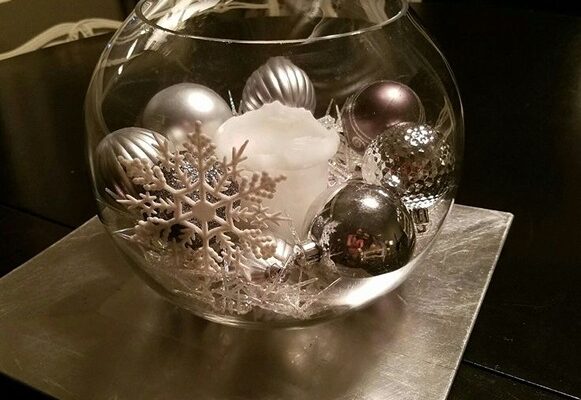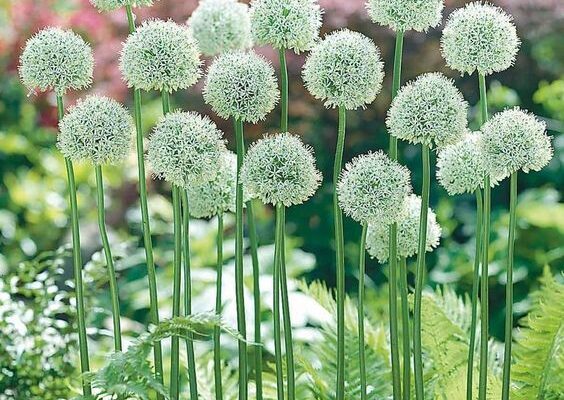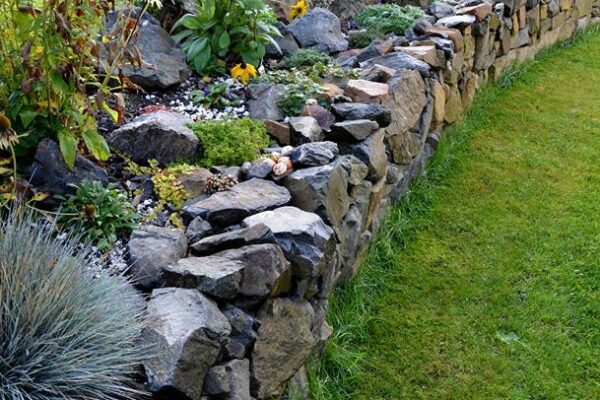8 Effortless Vines and Climbers for Home
Growing vines and climbers indoors is a simple and effective way to add natural beauty to your living space. These plants require less maintenance and take up very little room, making them ideal for small spaces. Vines and climbers are also known as climbing or trailing plants, and are commonly used in hanging baskets and indoor gardens.
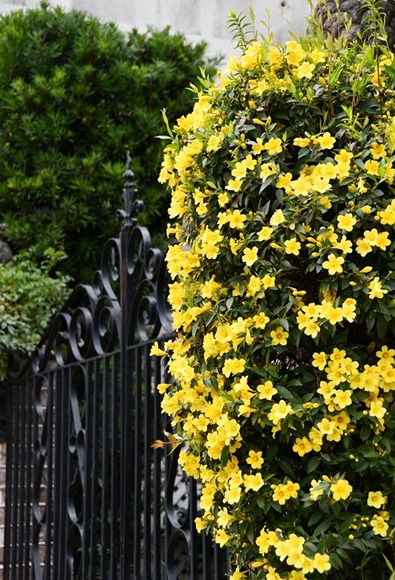
There are two main types of vines and climbers: woody and herbaceous. Woody vines include clematis, ivy, wisteria, and morning glory, and are hardy and long-lasting. Herbaceous vines, such as petunias, impatiens, begonias, and geraniums, are softer and more delicate.
Vines and climbers grow along the ground or climb over other objects, and come in a variety of shapes, sizes, colors, and textures. Some are annuals, meaning they bloom once and die, while others are perennials, meaning they live through multiple seasons.
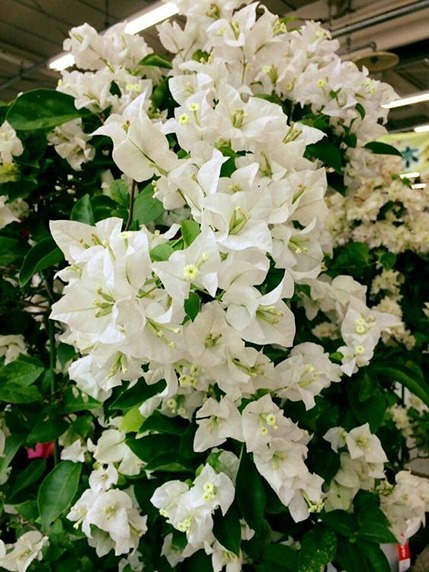
There are many different types of vines and climbers to choose from, including petrea with lavender flowers, black-eyed Susan vines with delicate stems and orange flowers, clematis varieties, Monstera, bleeding heart vine, ipomoea alba, passiflora incarnata, Japanese honeysuckle, climbing hydrangea, passion flowers, and honeysuckle vine. These plants can be grown on sturdy structures like pergolas or in partial shade, cooler climates, or as indoor plants.
Different vines and climbers serve different purposes, whether for their attractive flowers, scented flowers, graceful foliage, succulent stems and fleshy leaves, bulbous plants, heart-shaped leaves, or evergreen climbers. With so many options available, there is a vine or climber suitable for any garden space.
1. Bougainvillea
Bougainvillea is a highly popular houseplant in India due to its easy growth both indoors and outdoors. These plants thrive best in full sun and are known for their attractive foliage and variety of colors including red, white, light pink, dark pink, and orange-yellow flowers.
This ornamental climbing variety is easy to grow from seed, which is directly sown into the ground after the last frost. Seeds require warm weather and hot climates for germination and little water once established.
Bougainvilleas grow best in full sun and well-drained soil in temperate climates, while warmer regions prefer partial shade. They require average soil with plenty of organic matter and moisture, but once established, they are drought-tolerant.
These plants can tolerate almost every type of soil except clay soils, which are compacted and slow-draining. The amount of light required varies with the variety, but generally, bougainvilleas need 6 hours of direct sunlight daily for flowering plants.
Bougainvilleas are easy to maintain, only needing a regular supply of water during dry periods and regular fertilization. However, fertilization should be avoided when the plant is young, and light pruning will ensure more flowers as the plant matures.
These plants can be easily grown in containers with adequate drainage holes and sufficient depth for root spread. Bougainvilleas are fast-growing vines that can be propagated from seeds or cuttings.
To propagate from seeds, sow them 1 inch deep and 5 inches apart in early spring and transplant in mid-summer. Seeds germinate easily if kept moist and warm until sprouts appear. Provide water daily. In addition, bougainvilleas can be propagated from cuttings, making them a versatile plant for indoor and outdoor use.

2. Honeysuckle
Honeysuckle is a popular plant that is often grown for its aromatic tubular flowers which emit a sweet fragrance that attracts hummingbirds, butterflies, and other pollinators. These flowers can be found in a variety of colors such as yellow, orange, red, white, or bicolored. The honeysuckle is a vigorous, deciduous, semi-evergreen, or evergreen perennial vine that blooms from spring to fall, depending on the variety.
To make the most of the honeysuckle’s beauty, it is often used to cover a pergola, arbor, or trellis that is large enough to support its weight. The plant prefers exposure to full sun or partial shade and can spread up to 8 to 30 feet tall and 3 to 30 feet wide. Its method of attachment is through tendrils.
However, it is important to note that some varieties of honeysuckle can be aggressive and invasive in certain areas. It is important to research the type of honeysuckle being grown and whether it is suitable for the area. Invasive honeysuckle can outcompete and harm native plant species, leading to ecological imbalances. So, before planting, make sure to check with your local extension office or garden center to find out which varieties are best suited for your region.

3. Blue morning glory
The blue morning glory is a stunning plant that features bright purple tubular flowers which attract birds and butterflies. It can grow up to 10 meters tall and requires some care to thrive.
Growing the blue morning glory indoors is easy, and all you need to do is place it in a sunny window and water it regularly. You should also keep it protected from wind and pests. Here are some tips to get you started with growing blue morning glory at home:
Start by planting seeds indoors six weeks before the last frost date. When seedlings reach three inches tall, you can transplant them outdoors.
Choose a south-facing window sill or balcony that gets plenty of sunlight, and train the vines up a trellis. Make sure to water them frequently during the growing season.
Once the blue morning glory is established, you can grow it in containers. Ensure that it receives enough light, water, and fertilizer.
- The blue morning glory makes an excellent houseplant.
- To encourage flowering, pinch off the buds while still small.
- Cut back the plants after flowering to promote new growth.
- You can propagate blue morning glory by planting offsets taken from healthy plants.
- Regularly prune the plants to maintain their shape.
- Remove spent blooms to encourage further flowering.
- Place cuttings in moist sand until roots form, and then plant them in pots filled with potting mix.
- Harvest flowers for decoration.
- Use flowers in floral arrangements.
- Use blue morning glory as a potted accent plant.
- Use blue morning glory in baskets, bowls, and planters.
- Use it as a table centerpiece.
- Hang blue morning glory over doorways or windowsills.
- Use it as a hanging basket.

4. Black-Eyed Susan vine
The Black-Eyed Susan vine is a beautiful and fast-growing plant that can be grown as an annual or a tender perennial in zones 10-11. Its cheerful flowers come in a range of shades, including yellow, orange, apricot, coral, white, and bicolor, with a striking dark center. This vine also features heart-shaped leaves and blooms continuously from summer to fall.
It can be used as a screening plant on trellises, fences, or arbors, or as a stunning stand-alone accent in hanging baskets or combined with other annuals in window boxes and containers. The plant thrives in full sun to partial shade and can grow up to 3 to 8 feet tall and 1-1/2 to 6 feet wide. Its method of attachment is through twining stems, which makes it easy to train on a support structure.
Overall, the Black-Eyed Susan vine is a delightful addition to any garden or container and is sure to add a pop of color and interest.
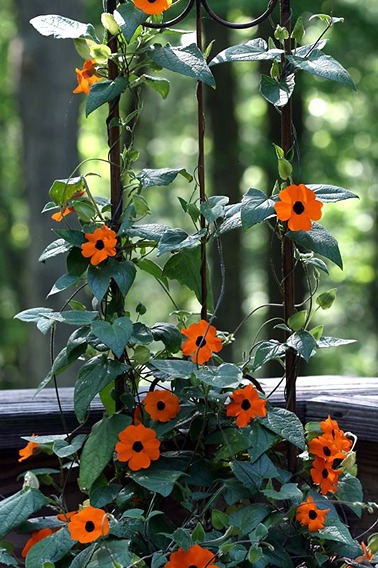
5. Devil's ivy
Devil’s Ivy, also known as the Money Plant, is a low-maintenance, fast-growing plant that can thrive in full sun and moist conditions. It is an excellent choice for areas with limited light, where other plants may not grow well. This plant flourishes in average soil and high humidity.
As an indoor houseplant, Devil’s Ivy is a popular choice due to its attractive foliage and glossy green leaves. It is effortless to grow indoors and requires minimal care. The plant can survive in temperatures ranging from 10°C to 30°C as long as it receives sufficient light and water. However, it does not prefer low humidity.
Here are some tips for growing Devil’s Ivy:
- Provide indirect light to the plant, as direct sunlight can damage the leaves.
- Allow enough space for the plant to grow.
- Keep the soil moist, especially during the winter months, and do not let it dry out.
- Repot the plant every two years to promote healthy growth.
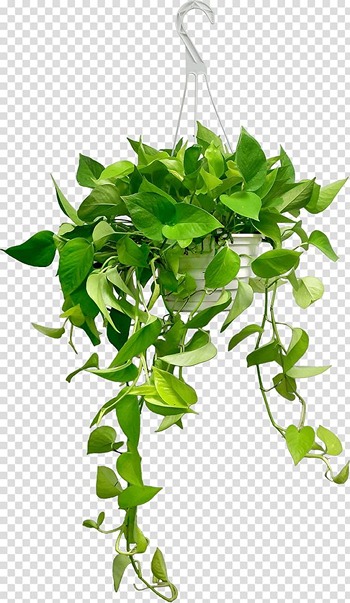
6. Carolina Jessamine
Carolina jessamine is a climbing vine that is native to certain parts of the southern United States. It is also known as Carolina yellow jasmine and is an evergreen or semi-evergreen plant. Its flowers bloom from late winter to early spring, making it one of the first plants to bloom during the season. The flowers are trumpet-shaped and have a sweet scent. They are colored in golden yellow and grow in large clusters.
This vine can grow up to 10 to 20 feet tall and has a spread of 3 to 6 feet wide. Carolina jessamine requires full sun to partial shade and attaches to surfaces using twining stems. It can be grown up a sturdy arbor or pergola to provide a beautiful, scented cover or allowed to sprawl on the ground as a groundcover. It is an excellent plant to use as a privacy screen or to hide unsightly features such as a chain link fence. It is hardy in zones 7-10.
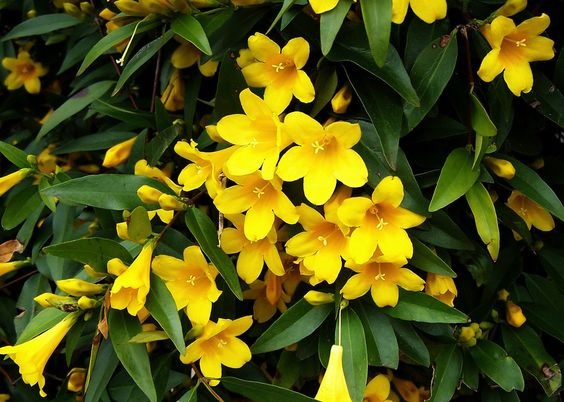
7. Star jasmine
Star jasmine, a climbing vine native to tropical Asia, is well-known for its fragrant and beautiful flowers. The plant has glossy, heart-shaped, light-green leaves and produces orange berries with seeds during the fall, which can easily germinate in moist soil.
The star jasmine plant is widely grown as a houseplant in warm climates. It requires bright indirect light, a temperature above 60°F, and average humidity. The plant can be grown in various containers, such as pots, hanging baskets, and window boxes. It prefers partial shade in hot weather to prevent leaf scorching.
One of the attractive features of the star jasmine is its fragrant flowers. The plant is evergreen and has shiny green foliage. Its flowers are white with five petals and bloom in abundance during the spring and summer. The plant also has woody stems, adding to its overall visual appeal.
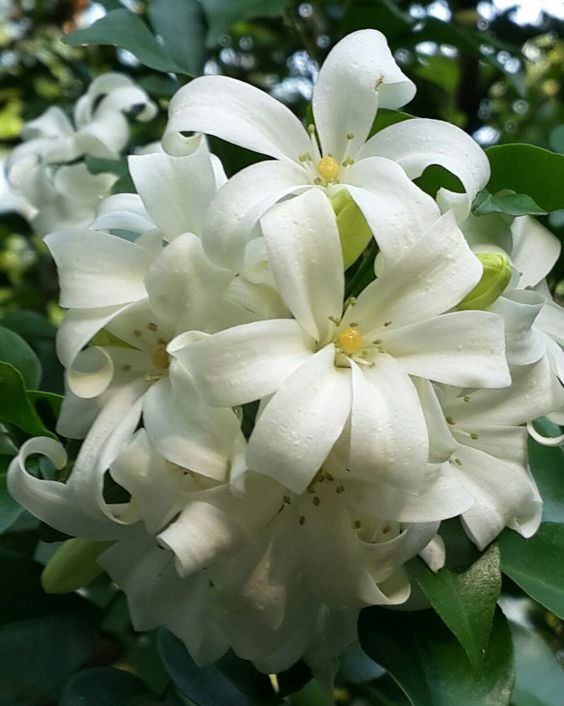
8. Bengal clock vine
If you’re seeking a low-maintenance plant that can enhance the indoor decor, Bengal clock vine is an excellent choice. It grows effortlessly in a wide range of indoor settings and is adaptable to various temperatures. It can thrive with minimal care and doesn’t require much light, preferring semi-shaded areas with indirect sunlight or afternoon shade.
The Bengal clock vine has stunning dark green and glossy foliage with a slightly waxy texture, giving it a shiny appearance. Its flower heads are trumpet-shaped, and each contains six blooms. The bright bluish-purple flowers have a yellow center and appear in long clusters throughout the summer months, lasting until frost. As a perennial vine, it grows back year after year.
Bengal Clock vine, also known as Bengal Trumpet or Blue Skyflower, is a native Indian plant with rope-like stems that twine only clockwise. Its foliage is dense, and it requires low-maintenance care. It grows best in moderate conditions, preferring partly sunny, warm, and gently moist weather.
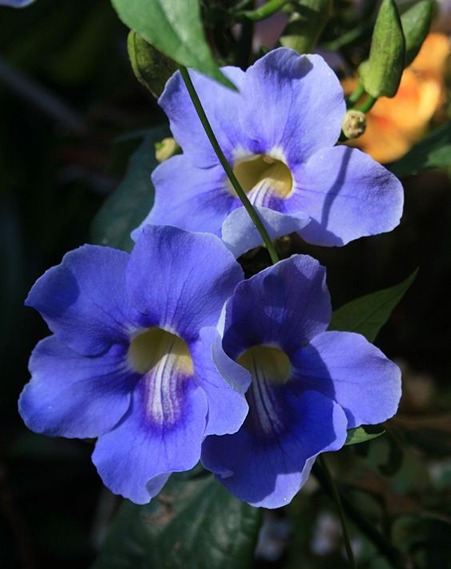
Mechanisms of Vine Attachment
Having an understanding of how different vines and climbing plants attach themselves to support structures is crucial in selecting an appropriate structure for your plant. Some vines use twining stems that wrap around supporting structures, such as poles, chain-link fences, trellises, or arbors. Tendrils or petioles, which are thin and flexible leafless stems, or short stems that attach the leaf to the stem, wrap around narrow supports like thin poles, stakes, wire, twine, or chain-link fencing.
Aerial roots, which are small root-like structures growing out of the sides of the stems, attach the plant to rough-textured surfaces such as the textured bark of trees or masonry. In contrast, hold fasts, which are disk-like adhesive pads on plants such as Boston ivy or Virginia creeper, attach to almost any smooth surface. Understanding the method of attachment of a specific vine or climbing plant can help in determining the appropriate support structure for the plant’s growth and health.
